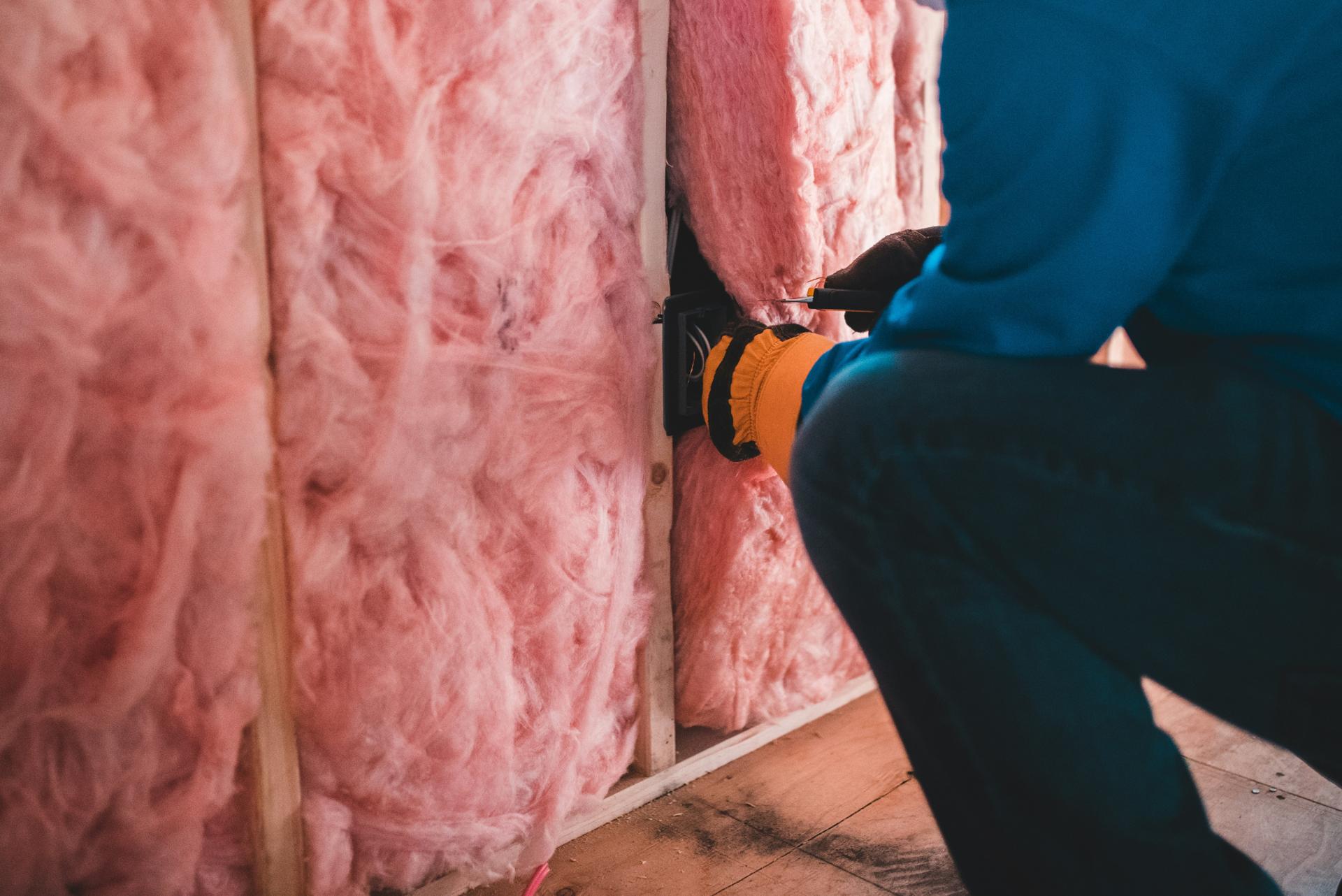Understanding Reflective Insulation
Definition and Working Principle of Reflective Insulation
Reflective insulation is an innovative material designed to enhance the thermal efficiency of buildings. Unlike conventional insulation, which absorbs and slows down heat transfer, reflective insulation uses aluminum foil layers to bounce radiant heat away, thereby maintaining comfortable indoor temperatures. By reflecting heat, it helps keep homes cooler in the summer and warmer in the winter, offering a year-round solution for temperature regulation.
Types of Reflective Insulation Materials Available
Reflective insulation comes in various forms to suit diverse applications. The most prevalent types include:
- Foil Faced Bubble Wrap: This consists of bubble layers sandwiched between reflective foil, ideal for attics, walls, and floors.
- Rigid Foam Board: Comprising foam board with a reflective foil surface, it’s perfect for insulating roofs and exterior walls.
- Reflective Foil Blanket: Created from aluminum foil and polyethylene bubbles, it is flexible and easy to install around ducts and pipes.
Comparison with Other Insulation Types
When stacked against traditional insulations, reflective options show distinct differences:
- R-Value: Reflective insulation often has a lower R-value compared to materials like fiberglass, but its heat-reflecting capability adds a layer of efficiency.
- Installation: Simple to set up, it can be stapled, nailed, or glued, making it a favorable choice for DIY enthusiasts.
- Durability: These materials resist mold and moisture, promising longevity and consistent performance.
- Cost-Efficiency: While initial costs might vary, the low maintenance and energy-saving advantages make it a cost-effective choice over time.
In total, reflective insulation can notably enhance a building’s energy efficiency, particularly when employed in conjunction with other insulation techniques.
Cost-Effectiveness Analysis
Initial Costs of Installing Reflective Insulation
Reflective insulation is known for its affordable upfront costs relative to other options. The basic materials like aluminum foil are inexpensive and readily accessible. The straightforward installation can cut down on labor costs. Nonetheless, it’s crucial to get a professional assessment for accurate pricing, as factors like building size and current insulation status can influence the costs.
Factors Affecting the Cost-Benefit Ratio
The cost-effectiveness of reflective insulation can be influenced by various factors. Climate plays a pivotal role; buildings in hotter climates benefit more from reduced cooling costs. The state of existing insulation and overall building energy efficiency also matter. Upgrading obsolete insulation to reflective types can lead to remarkable energy savings. Furthermore, government incentives for energy-efficient upgrades can enhance the cost-benefit ratio.
Case Study of Cost Savings in the United States
Take, for instance, a single-family home in the southern U.S., where cooling is a significant concern. After installing reflective insulation, the homeowners noticed a monthly energy bill reduction of 10-20%. Over a span of five to ten years, these savings accumulate substantially. Especially in hot states like Texas and Florida, the payoff period for reflective insulation can be as short as two to three years, proving its financial viability.
Long-Term Benefits
Energy Savings Over Time
Reflective insulation works by reducing heat transfer, which in turn lessens the heating requirements in winter and cooling needs in summer. The cumulative energy savings over time are significant, especially in regions with drastic seasonal temperature changes. This long-term benefit makes reflective insulation a savvy financial choice.
Reduction in Heating and Cooling Costs
The notable long-term perk of reflective insulation is the substantial dip in heating and cooling expenses. By enhancing a building’s energy efficiency and stabilizing indoor temperatures, reflective insulation minimizes HVAC system strain, leading to lower utility bills. These savings can be reallocated to other maintenance or improvement projects, appealing to budget-conscious owners.
Environmental Benefits and Sustainability
Reflective insulation supports environmental sustainability in multiple ways. Decreased energy consumption leads to a reduction in greenhouse gas emissions. Additionally, many reflective insulation materials are made from recycled products, lessening their ecological footprint. Over time, these eco-friendly benefits align with the increasing demand for sustainable building practices.
Increased Property Value
Adding reflective insulation can also boost property value. Energy-efficient homes are increasingly attractive to prospective buyers, often fetching higher market prices. The promise of long-term energy bill savings enhances a property’s appeal, making reflective insulation a sound investment for future property value appreciation.

